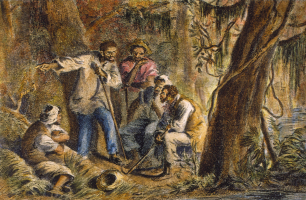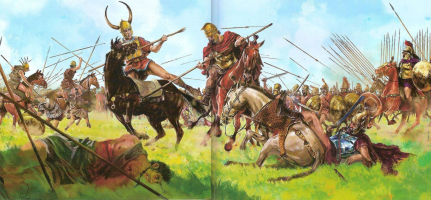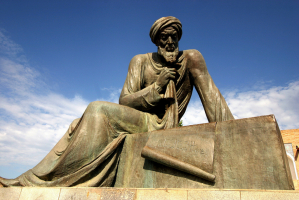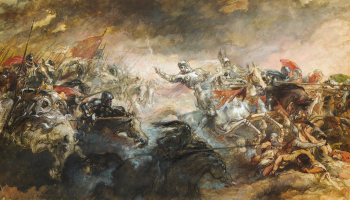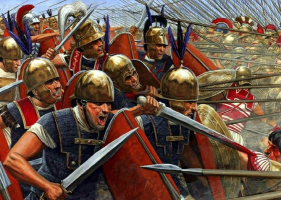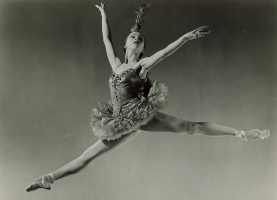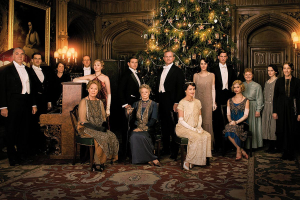Top 10 History's Greatest Swordsmen
Contrary to what Game of Thrones would have us believe, historically speaking, very adept swordsmen have been quite rare. In contrast to tools like the bow and ... read more...arrow and the spear, mastering the sword requires a great deal of talent. Even then, its application on the battlefield is restricted because it works best in one-on-one combat rather than coordinated, unit-based conflict. But that doesn't render it completely useless. In truth, the sword was a very lethal melee weapon in the hands of those who could learn how to use it before the invention of gunpowder. There's a reason why some of history's most illustrious warriors have also been among the best swordsmen. Since the sword is one of the earliest weapons we are aware of, it is obviously difficult to know who every single one of them was. Here are our selections for the top ten swordsmen in history.
-
Even though there have been many talented swordsmen in Japanese history, Miyamoto Musashi is widely regarded as the best. He was born in 1584, and at the age of 13, he killed and defeated a professional fighter in single combat, establishing his reputation as a talented swordsman. He was a ronin, or masterless samurai, who honed his skills over the years by duking it out with and overpowering masters from all around Japan.
His preferred weapon was the nodachi, a long two-handed Japanese sword, but he also devised his own combat method using two swords called the nito ichi-ryu. He is supposed to have been so skilled that when he was thirty years old, he vowed to only use wooden swords in battle.
According to most reports, Musashi never lost a battle throughout his lifetime despite frequently facing up against numerous renowned opponents from all around Japan. The most well-known of them was Sasaki Kojiro, a renowned and expert swordsman in his own right, but Musashi quickly destroyed him with his wooden blade.
- Japanese swordsman(Kensei), philosopher, strategist, writer and rōnin
Born: c. 1584
Died: 13 June 1645 (aged 60–61) Higo Province, Japan

Image by Belle Covia pexels.com 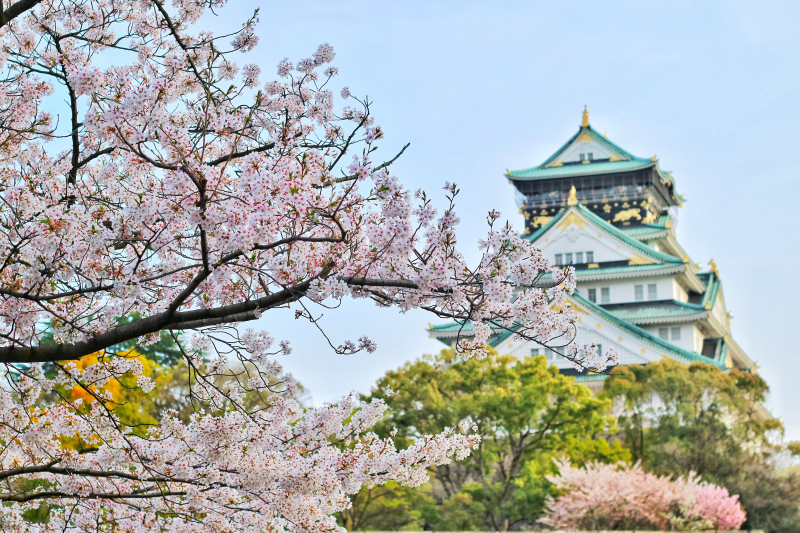
Image by Bagus Pangestu via pexels.com -
Most people are familiar with the name "Hattori Hanzo," and not just because of the well-known Kill Bill character of the same name. For good cause, Hanzo has been portrayed as a legendary swordsman in numerous fictional works in Japan and elsewhere. He is still regarded as one of the greatest military commanders and ninja swordsmen in Japanese history.
Hanzo began training at the age of eight and by the time he was eighteen was already fighting for the Matsudaira clan (later the Tokugawa clan). According to reports, he was brutal in dealing with his foes on the battlefield, garnering him the moniker "Demon Hanzo" among opposing sides. He was not only a master swordsman, but a superb tactician as well. Hanzo played a crucial role in the military and diplomatic ascension of Tokugawa Ieyasu as shogun.- Leader of Iga Ninja in Sengoku era
Born: c. 1542
Died: November 14, 1597 (aged 55), Edo, Musashi provinceNickname: "Demon Hanzō"

Image by Janko Ferlic via pexels.com 
Image by Nien Tran Dinh via pexels.com -
Although it's noteworthy to note that we're not totally certain if Johannes Liechtenauer existed, he is often regarded as the founder of early European martial arts. We only have references from other people's memories of him because there are no public records of his life.
However, it is evident from those documents that Liechtenauer was not only real; he may well have been the creator of the entire German school of fencing. The first known text relating to the school, even though the original book has been lost to time, was written by him. It describes a form of fencing that first appeared in the German parts of the Holy Roman Empire somewhere in the 14th century.
Although Liechtenauer was skilled with the two-handed sword, he also taught students how to use other weapons, such as knives and staffs. He traveled much, and after meeting and competing against masters from all around the world, he perfected his technique.
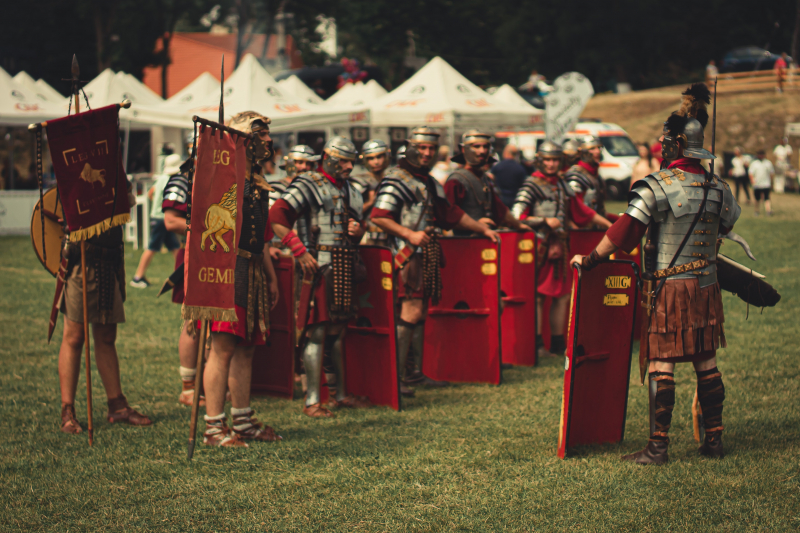
Image by Oană Andrei via pexels.com 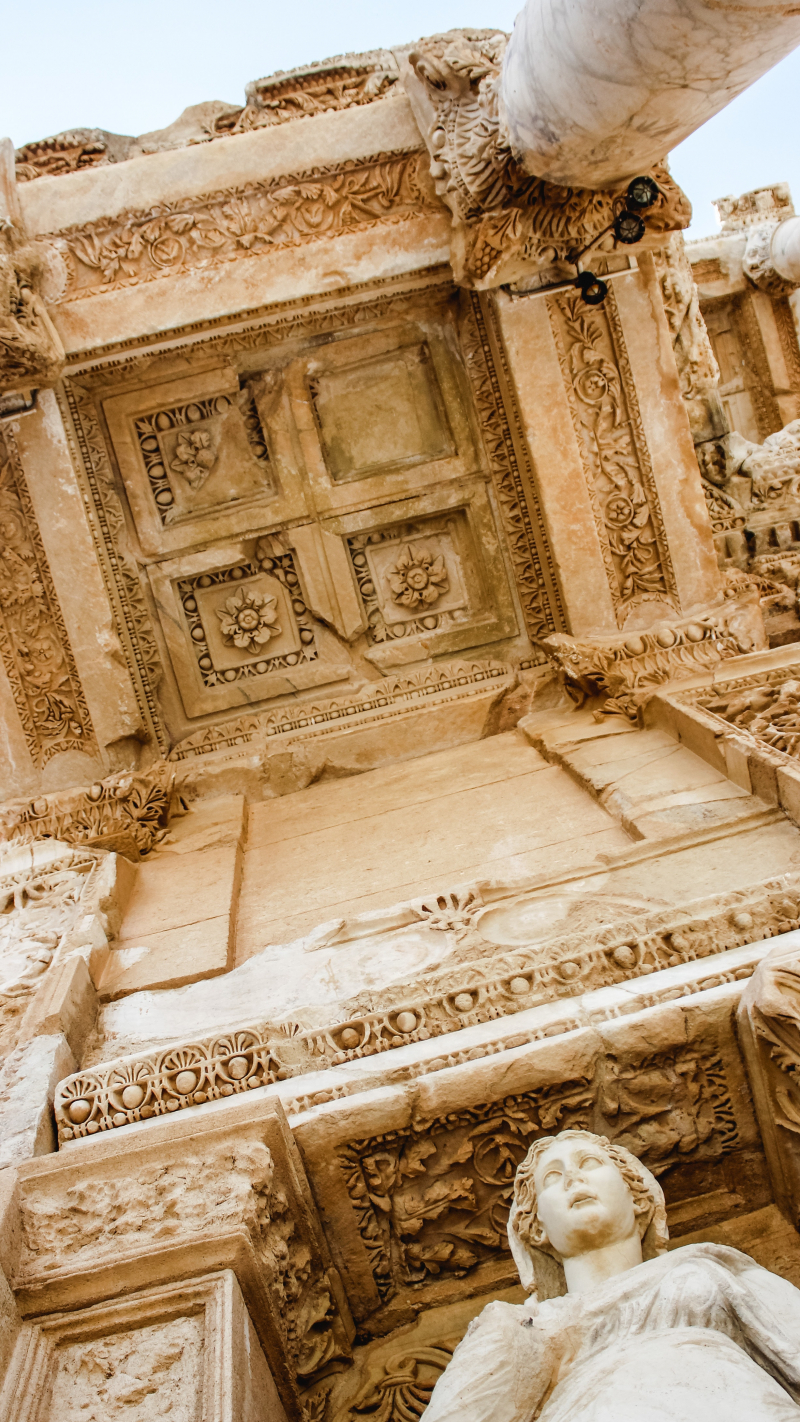
Image by YEŞ via pexels.com -
Around the conclusion of the Sengoku era in 16th-century Japan, Ito Ittosai Kagehisa was born. Even while we don't know all the specifics of his early years, we do know that the abilities and strategies he honed over the course of his life make him one of history's greatest swordsmen. Itto-ryu, commonly known as the "One Sword" style, is the combat method he invented and is still regarded as one of the most important schools of Japanese swordsmanship because it gave rise to many other fighting methods still practiced today.
Kagehisa spent a lot of his life traveling and competing against other expert swordsmen, just like many other skilled swordsmen of the time. Along the process, he picked up a number of fighting techniques, finally creating his own own fighting school. Itto-ryu finally became so well-liked that the Tokugawa shogunate selected it as one of the two official combat schools.

Image by DSD via pexels.com 
Image by Vincent M.A. Janssen via pexels.com -
We don't know much about Fiore dei Liberi's birthplace or year of birth, like many other swordsmen on this list, but we can infer it was sometime in the middle of the fourteenth century from his writings. He was one of the top swordsmen in Europe during the Middle Ages, and his writings and illustrative essays remain some of the most ancient sources still in existence for instruction in medieval and Renaissance swordsmanship.
Liberi's exact beginnings with the sword are similarly unknown, despite the fact that we know he was raised in a royal family and trained since he was a little child. He was very good at it, and by 1383 he had already gained a reputation as a fearsome martial arts teacher.
In the years to come, he would travel around Europe instructing noblemen from royal families, meeting other masters along the way, and learning a variety of new skills. His publications are renowned for their thorough, colorful descriptions, particularly the Fior di Battaglia, or the Flower of Battle. His methods had such an impact that they are still taught at fencing schools all around the world.

Image by Jean-Baptiste Terrazzoni via pexels.com 
Image by Rachel Claire via pexels.com -
In pre-modern Japan, a group of female samurai warriors known as the onna musha included Tomoe Gozen. She is still referred to as one of the greatest fighters in Japanese history, and you can find tributes to her in poems, books, video games, and other media all around Japan. Even though she is rumored to have been a skilled archer, she preferred the katana as her weapon of choice.
Due to a dearth of records, we don't know much about her early years, but we do know that Minamoto no Yoshinaka, a general from the Minamoto clan, took her in as a concubine at some point in the 12th century. She immediately established her fighting prowess, advanced through the military levels, and soon held command of her own samurai battalions.
Although Tomoe fought alongside Yoshinaka in his uprising against the tyrannical Taira clan in the 12th century, it is unclear from the records how her story turns out. We are aware that Yoshinaka's family members ultimately prevailed over him in a conflict. According to some accounts, Tomoe died alongside Yoshinaka during the Battle of Awazu in 1184; however, other accounts contend that Yoshinaka had urged her to retreat before he made his last stand, and she spent the remainder of her life as a nun.

Image by Aden Ardenrich via pexels.com 
Image by Kyle Kroeger via pexels.com -
In the British military during the Second World War, John Malcolm Thorpe Fleming Churchill served as an officer. He was also referred to as "Mad Jack" Churchill and was renowned for his distinct fighting technique. Typically, he would start the combat by playing the bagpipes before drawing his unit into a charge with his broadsword or longbow. He was also a skillful leader who frequently succeeded in his raids against Nazi outposts during the war, which may sound absurd for the period.
Churchill was unquestionably a successful officer, garnering several honors for his activities throughout the war, despite being known as "Mad Jack" due to his risk-taking fighting style. Churchill was undoubtedly one of the best swordsmen alive during the time he lived in, however he may not have had a chance against any other swordsman on this list in a contest of pure skill.

Image by Pixabay via pexels.com 
Image by Dominika Gregušová via pexels.com -
During the Ashikaga Shogunate's turbulent Sengoku era, when the country was divided and essentially ruled by a small number of strong warlords known as daimyos, Tsukahara Bokuden rose to fame as a renowned samurai warrior. Tsukahara Bokuden, one of many outstanding samurai fighters to come out of this time period, learned on his own from a young age and even created his own combat technique, the Kashima Shinto-Ryu, also known as the "single cut" method.
Bokuden swiftly established himself as one of Japan's top swordsmen during his military career as a daimyo by defeating many of the famed fighters of the era in duels. After retiring, he established a school for other aspiring swordsmen, which in turn served as an inspiration for numerous other schools of Japanese swordsmanship in the years after his passing at the age of 83.
Image by Audrey Mari via pexels.com 
Image by Evgeny Tchebotarev via pexels.com -
Rodrigo Diaz De Vivar's precise birthplace is unknown, but history has it that he was born in Vivar del Cid, a Castilian city in what is now Spain. El Cid is one of the most well-known figures in Spanish history, thus we do have trustworthy accounts of his existence.
At the eleventh century, Rodrigo was nurtured in the court of King Ferdinand I of Castile. He fought as the king's champion from a very young age, and quickly gained a reputation for his amazing ability with the broadsword and lance. He was one of the few generals in European history to never lose a war, therefore his actual strength was in military planning.
Rodrigo is still regarded as a national hero throughout Spain for his role in driving the Moors from the city of Valencia, even though he served many sides as a mercenary warlord after the death of the King in 1065, making it impossible to assign his allegiances a religious, or even a nationalistic, color. However, that didn't last long because the city was retaken just three years after his passing in 1099.

Image by Aleksandar Pasaric via pexels.com 
Image by Bruno Joseph via pexels.com -
It would be an understatement to suggest that Donald McBane, arguably one of Europe's greatest fencers ever, led a full life. He fled his home at the age of 23 and enlisted in the British army. He was born in Inverness in 1664. He engaged in his first encounter with organized conflict at the Battle of Mulroy in 1688, where he sided with the Mackintoshes against the Macdonalds, two of the most influential Scottish highlands clans at the time. Although they were victorious, for McBane, it was only the beginning.
He would later engage in numerous engagements for the British army not just in Scotland but also throughout in Europe, notably the Nine Years' War with France. After engaging in a duel with his governor to resolve a payment issue, he picked up the sword. After years of training, he became so proficient at it that he quickly challenged and defeated some of the most well-known fencing instructors in Europe.
In the years to come, Donald McBane would open numerous fencing schools, brothels, gambling dens, and a variety of other businesses across the continent. One of the best fencing treatises ever written is his autobiography, The Expert Sword-Companion, Man's which was first published in 1728.

Image by Pixabay via pexels.com 
Image by Dominika Gregušová via pexels.com












